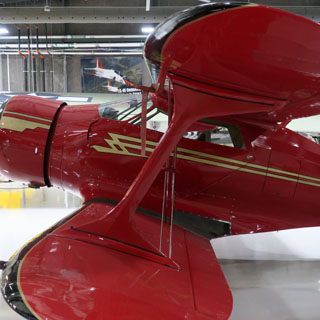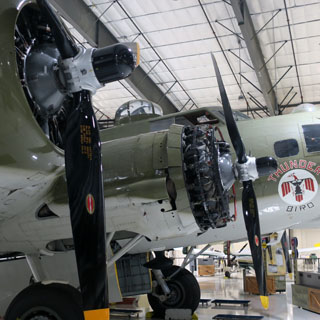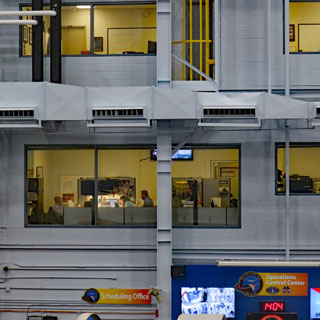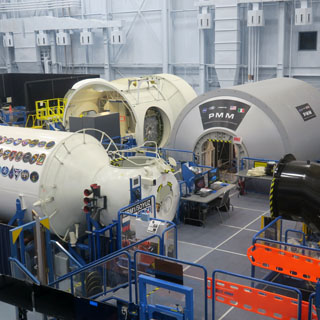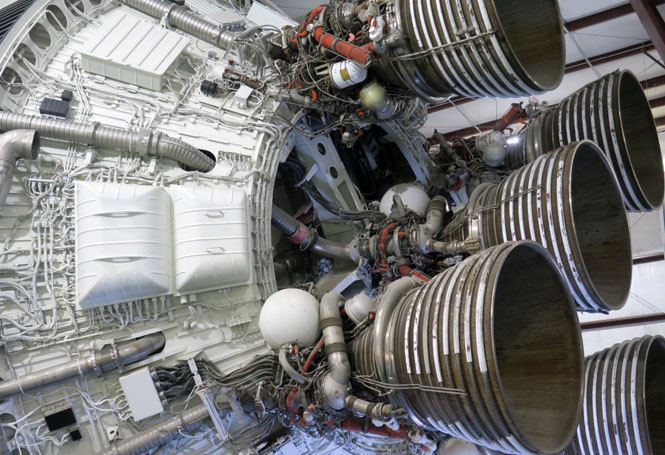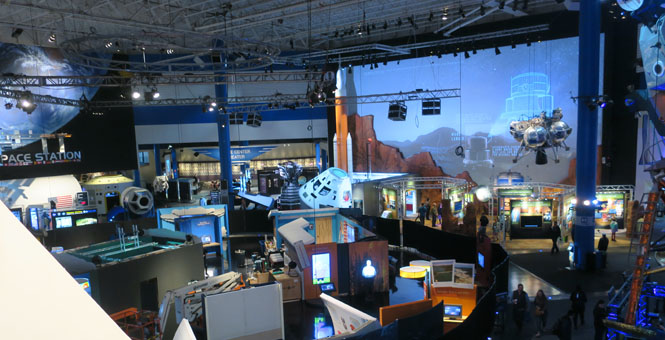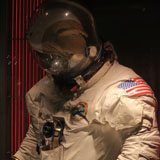February, 2019
A visit to two air & space museums in the Houston area: one world renown and the other a pretty nice aviation museum that has only recently been moved to higher (at least just a little) ground from Galveston.
 Texas
Texas
The Johnson Space Center controls the operations of all launches, but is also the center of planning and engineering for future NASA programs. The Space Center Houston is a museum located on the same grounds as the space center, but is otherwise operated as a non-profit that is not directly connected to the space center. But, of course there is a relationship, whether those lines are dotted or dashed, if not fully solid.
It's pretty hard to miss this museum; apart from the building, there's a 747 with a space shuttle mounted on top. To be clear, this is a replica shuttle and it never actually flew on the 747 transporter.

It's my understanding that the lines for the tours can be impossibly long and that you'll need to make prior arrangements. That wasn't a problem on this cold and windy day.
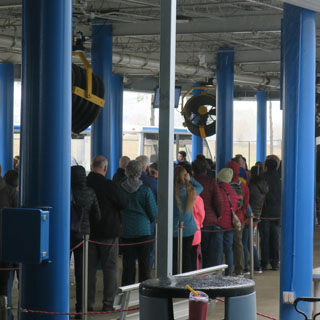
The Johnson Space Center looks like a college campus of many low buildings with green spaces between them. It's easy to understand that many of the NASA employees would have come from a university environment, so this makes good sense.
Mission Control. That's the new Orion center on the left and the working International Space Station center on the right. Of course, Orion has not yet launched.

The large complex for building and testing equipment.

The large hangar space could be viewed through the glass of this full-length hall on the second level.

Space Station modules are visible along with all sorts of other equipment for planned future missions.




There was quite a bit of robot build-activity. Nothing was moving, unfortunately.

Once of the largest buildings holds a full Saturn V rocket. This would have been used for a moon launch, but it was cancelled.
"Big" hardly describes this thing.
Connecting all that thrust to the structure being pushed takes some efficient and very beefy-looking pinned joints

Things are smaller with the second and third stages, but there's still some serious power.

Back to the main museum. A great deal of space is devoted to what is happening right now, and what is planned for the future. This part isn't really a history museum (although there remains plenty of that).



Inside a full module of the International Space Station.

There is a wing devoted to the history of NASA, and there are some fascinating things on display that have come back from space. The genuine used rovers, of course, were left on the moon.


There are more and larger moon rocks than I have ever seen. This is where they are kept.


The space shuttle Independence is not an actual shuttle, but is a high-fidelity replica that was first built to be displayed at the Kennedy Space Center. When that center received a real shuttle (Atlantis) the replica was moved to Houston.
The 747 that carried the actual shuttles back to Florida after their flights is the real thing, and we are allowed to walk through both.

Nice looking reinforcements done by Boeing to accept the weight sitting on the fuselage.


Inside the cargo bay of the shuttle.
The shuttle cockpit. I'm guessing that a great deal of what is seen is actual hardware. The shuttle might be a replica, but it was built using real parts in many cases and often by the same companies that built the shuttles.
The Lone Star Flight Museum in Houston, Texas is larger and more extensive than I would have thought. They have a nice collection, and have plenty of room for additions. Also, their exhibits do a nice job of describing all the various jobs associated with aviation--from mechanics to pilots to engineers.
These are not all the airplanes on display, but it's a good overview. Many--perhaps most--of the planes are flyable.





